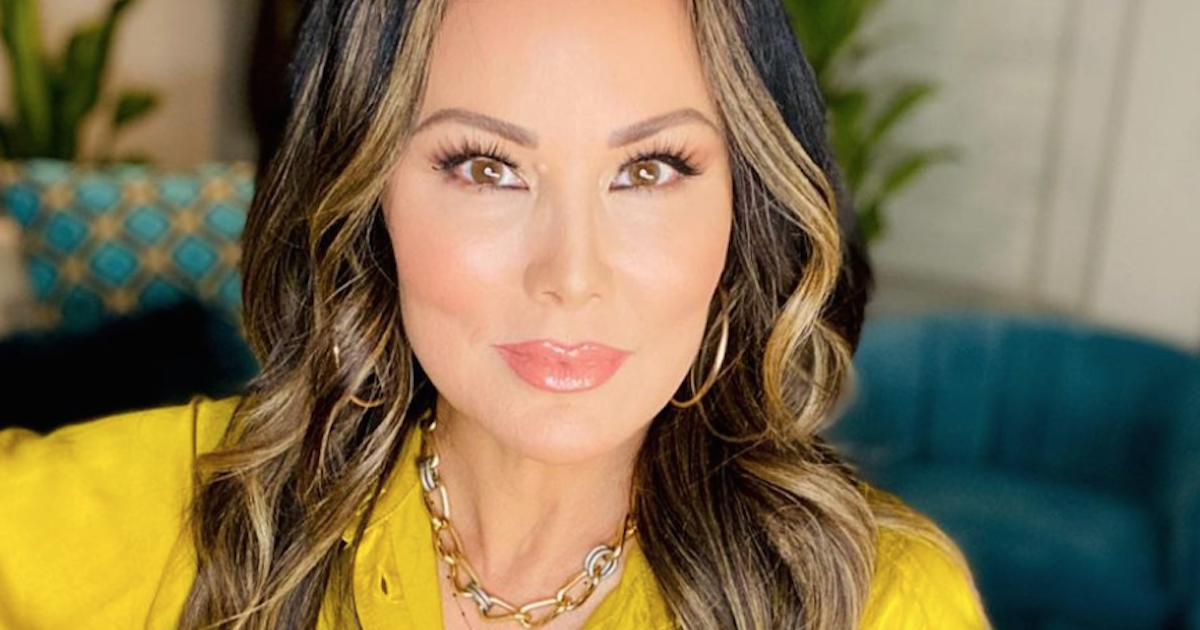Tiffany's Melanoma Victory
- Tiffany Hendra, 49, had surgery for melanoma and called herself a “warrior” following the procedure.
- Melanoma is a type of skin cancer and it may be treated with surgery, radiation, medications, and chemotherapy.
- It’s important to protect your skin in order to lower your melanoma risk factor; wearing sunscreen, wearing hats and sunglasses, and staying out of harsh sunlight even during winter may reduce your skin cancer risk.
Related: Can Cell Phones & 5G Cause Cancer? A Leading Brain Cancer Doctor Says "No"
Read More
View this post on Instagram
What is Melanoma?
Skin cancer is the most common among all cancers, and melanoma accounts for approximately 1% of skin cancer diagnoses. It is, however, a more serious type of skin cancer, and causes the majority of skin cancer deaths, according to the American Cancer Society (ACS). There will be roughly 106,000 new cases of melanoma diagnosed in the U.S. this year. This disease is treated with surgery, radiation, medications, and chemotherapy.
Related: Singer Bob Marley Died of Melanoma Almost 40 Years Ago at 36
Dr. Anna Pavlick, of the NYU Perlmutter Cancer Center, shared in an earlier interview some of the risk factors for melanoma. She said, "Most patients who go routinely to their dermatologist are patients who are at risk. Who are those patients at risk? Patients at risk are patients who are fair-skinned, blond hair, blue eyes, patients who may have a family history of melanoma or patients who have what we call dysplastic nevus syndrome who are just covered in thousands and thousands of moles. Patients who have already been diagnosed with one melanoma are at an increased risk of getting a second melanoma."
Am I at High Risk for Melanoma?
Protecting Your Skin
Taking proactive steps to protect your skin is key when it comes to mitigating skin cancer risk. Dermatologist Dr. Dendy Engelman said in an earlier interview that, yes, even during winter, you should be protecting your skin. “It’s a common misconception that people think they only need sun protection when they’re in the bright, warm sunshine. But the reality is, we can get sun damage at any time throughout the year, even in the cold wintry months.”
Related: Top 5 Ways to Protect Your Skin From Skin Cancer
Dr. Engelman encouraged people to think about how exposure can add up over time even if it’s just a short amount of sun exposure. “And if we’re unprotected for even 15 minutes a day,” she said, “if we think about the cumulative effects that has on our skin over a lifetime, it’s very real. So the more we can protect and have it be a daily habit– we don’t just brush our teeth the week we’re going to the dentist. We protect our teeth all the time, every day, twice a day. And so that’s the same concept as sunscreen. The more we do it, the more we’re protected, the more our risk is limited.”
Melanoma Awareness: Yes, You Still Need to Protect Your Skin In The Winter
Learn more about SurvivorNet's rigorous medical review process.

